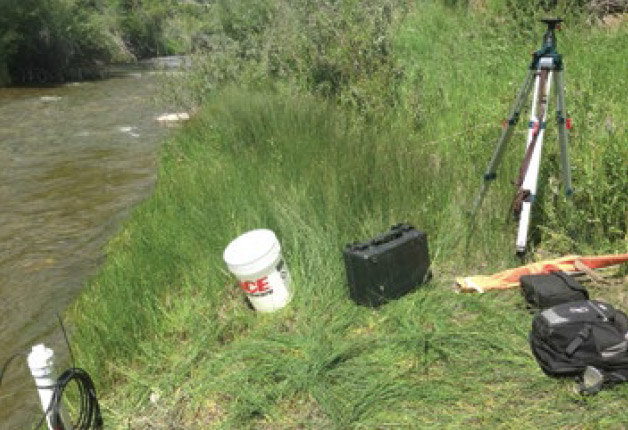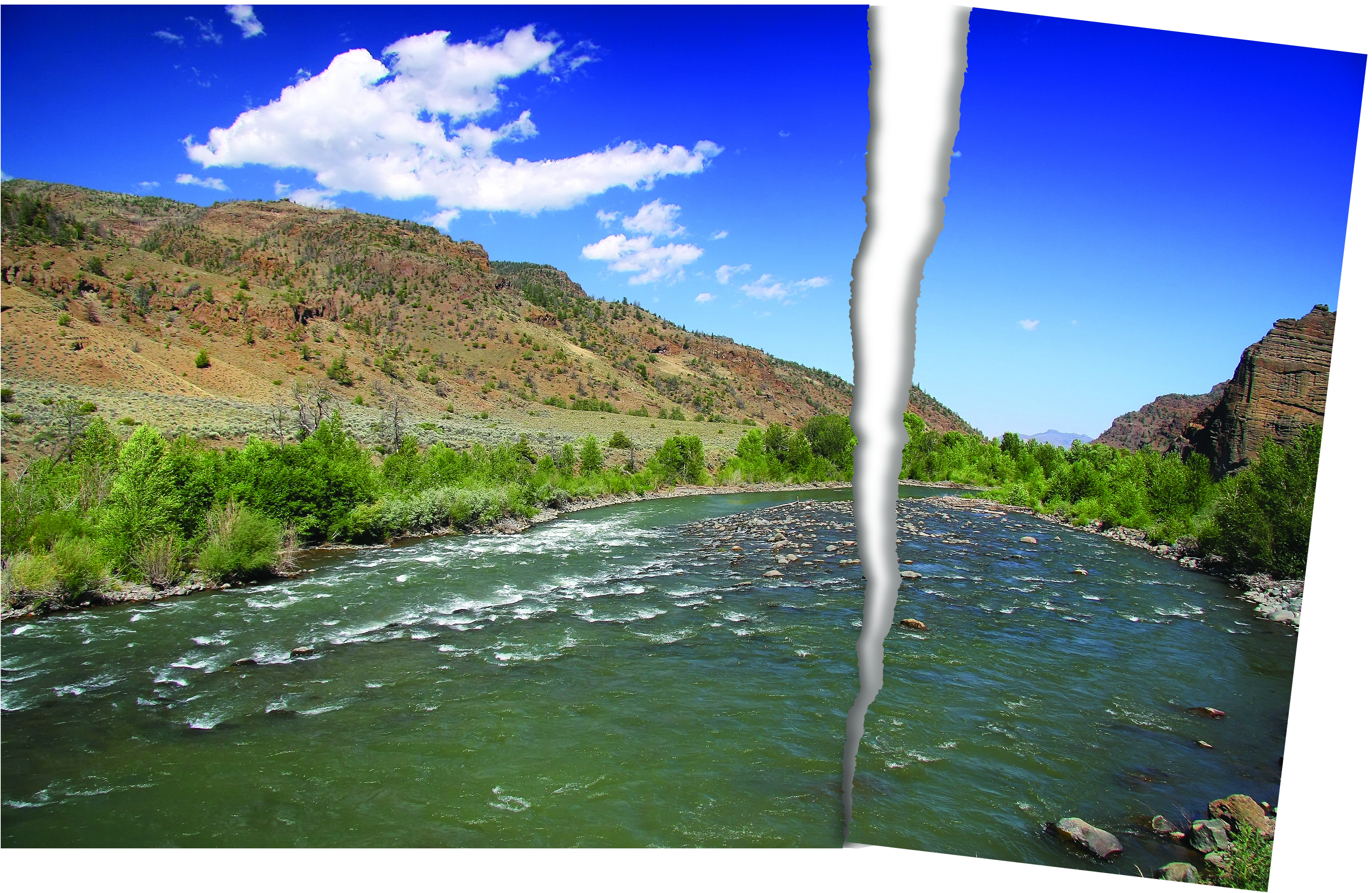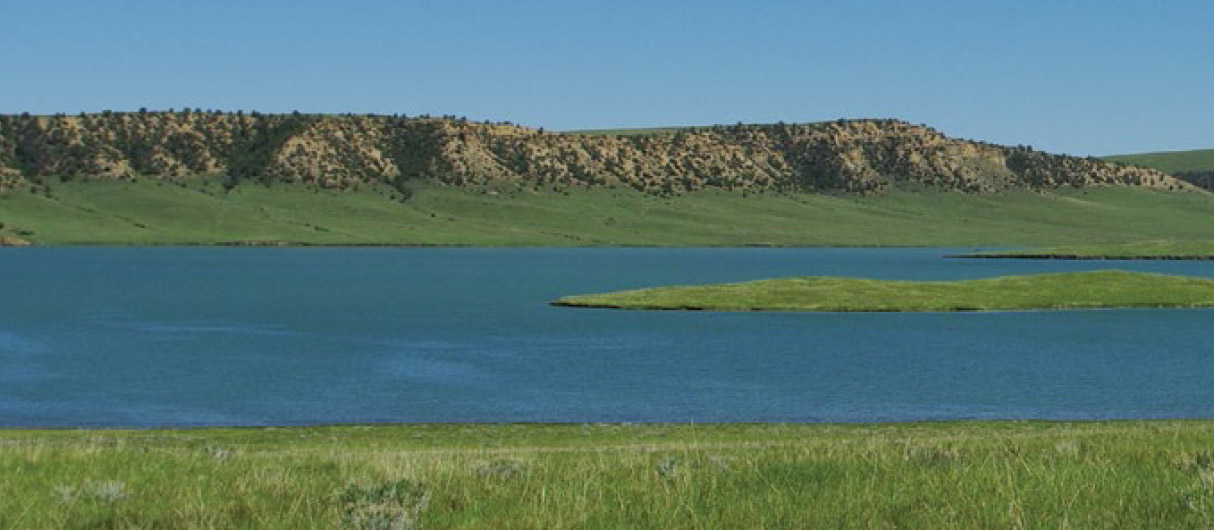Public Opinion on Natural Resource Conservation in Wyoming
A recent statewide poll of Wyoming voters documented a strong interest in conservation and support for dedicating additional state funds to protect land, air, water, wildlife habitat, and ranchlands in the state.












 “The most important questions have to do with the long-term behavior of systems,” says Indy Burke, University of Wyoming ecologist. The system she’s talking about, in this case, is western landscapes.
“The most important questions have to do with the long-term behavior of systems,” says Indy Burke, University of Wyoming ecologist. The system she’s talking about, in this case, is western landscapes. 





